Building Resilience: Flood Impact Assessment and Solutions for Kerala
VerifiedAdded on 2023/06/03
|12
|1025
|294
Report
AI Summary
This report investigates the impact of flooding on buildings in Kerala, India, focusing on building types, construction practices, and materials used. It identifies the root causes of building damage during floods and explores technologies to mitigate such damage. The research aims to provide strategies for building resilience in the Kerala region, considering factors related to construction and civil engineering. Key research questions address building practices, materials damaged, types of buildings affected, causes of damage, and potential technologies for prevention. Case studies, including the Kerala floods and others from around the world, are examined to provide context and insights. The conclusion emphasizes the significant impact of flooding on infrastructure and buildings, highlighting the importance of understanding building types, construction materials, and building practices. Recommendations include government strategies for flood elimination and financial support for flood victims to aid in economic recovery.
1 out of 12

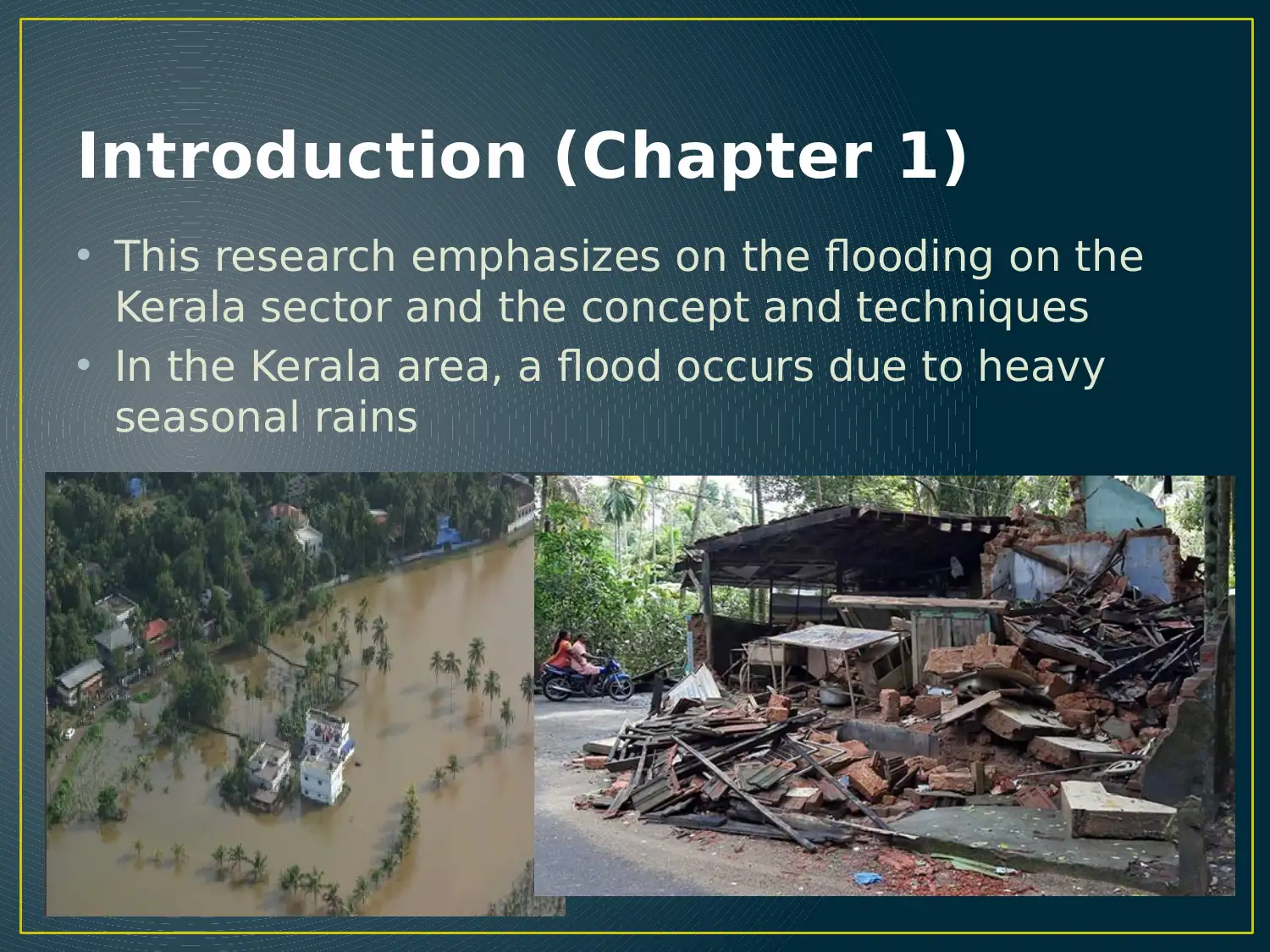
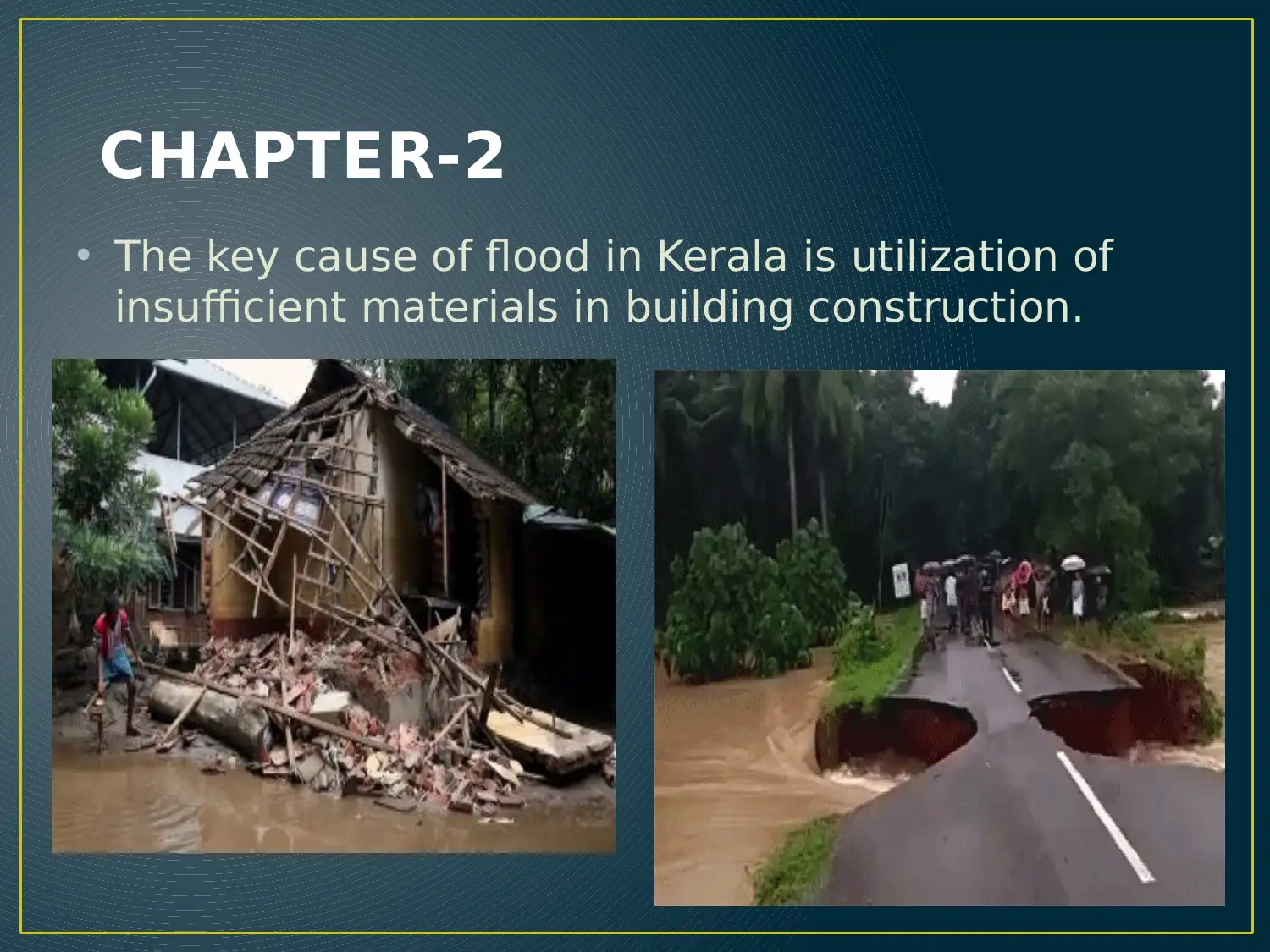
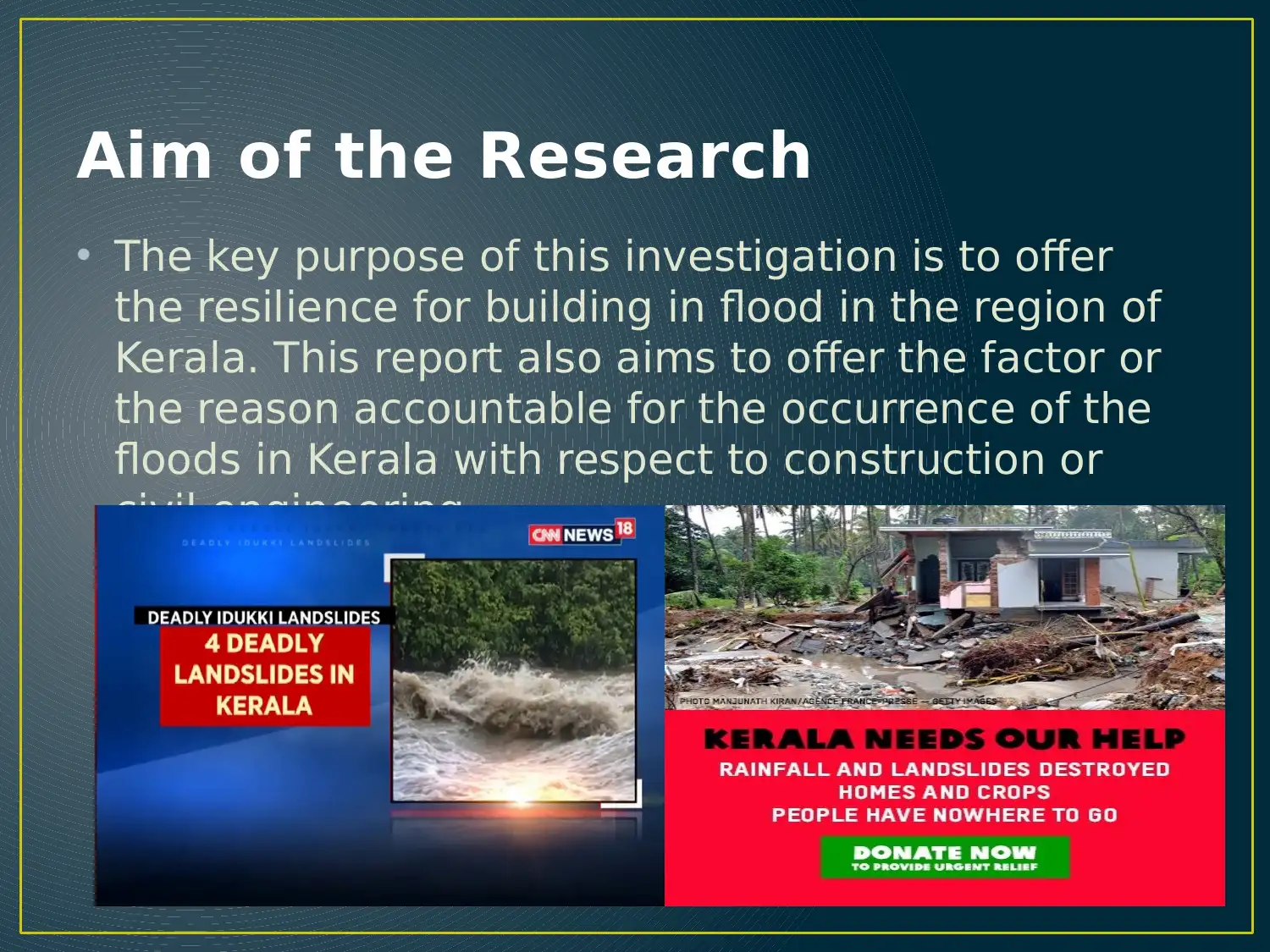
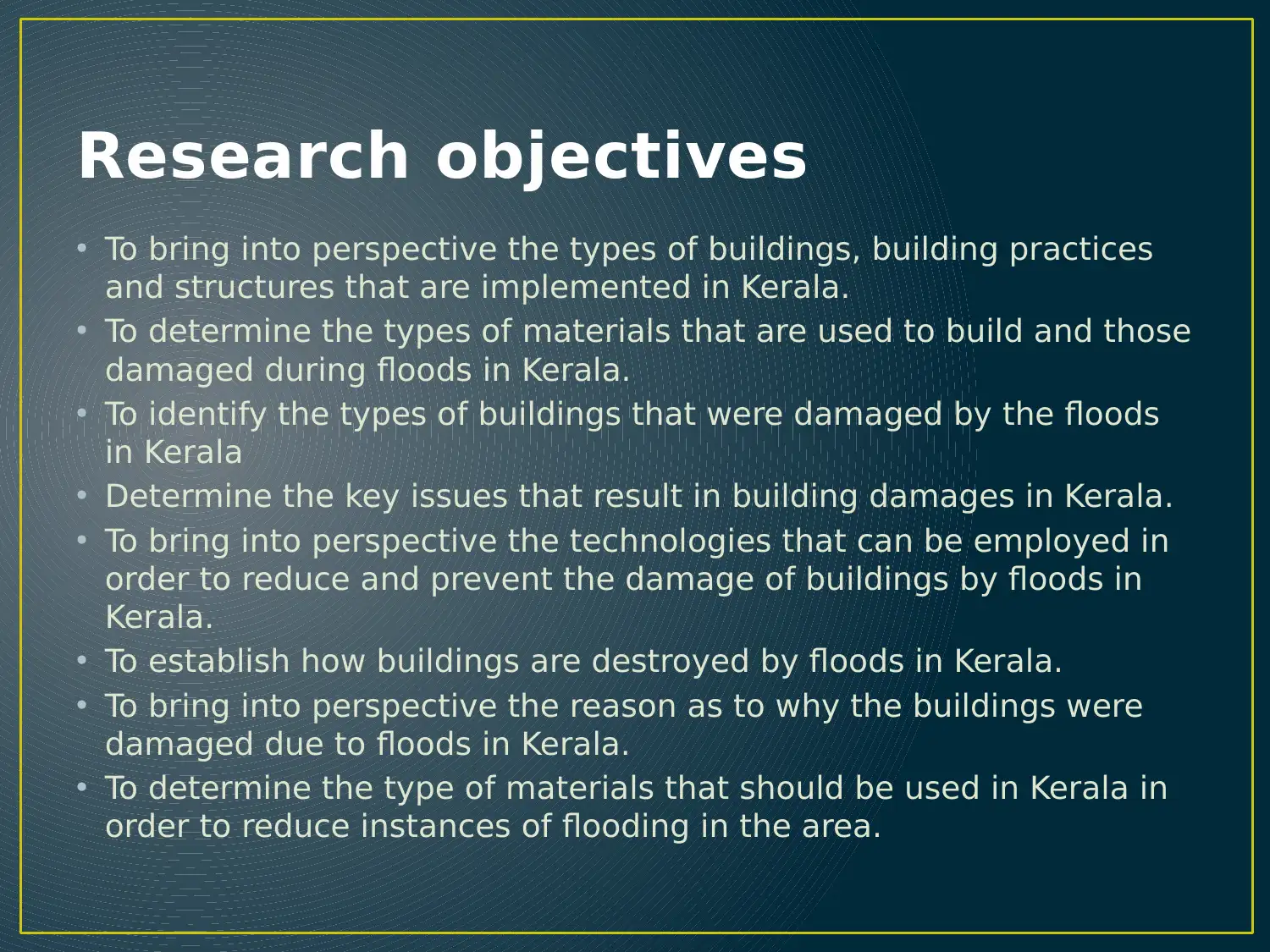
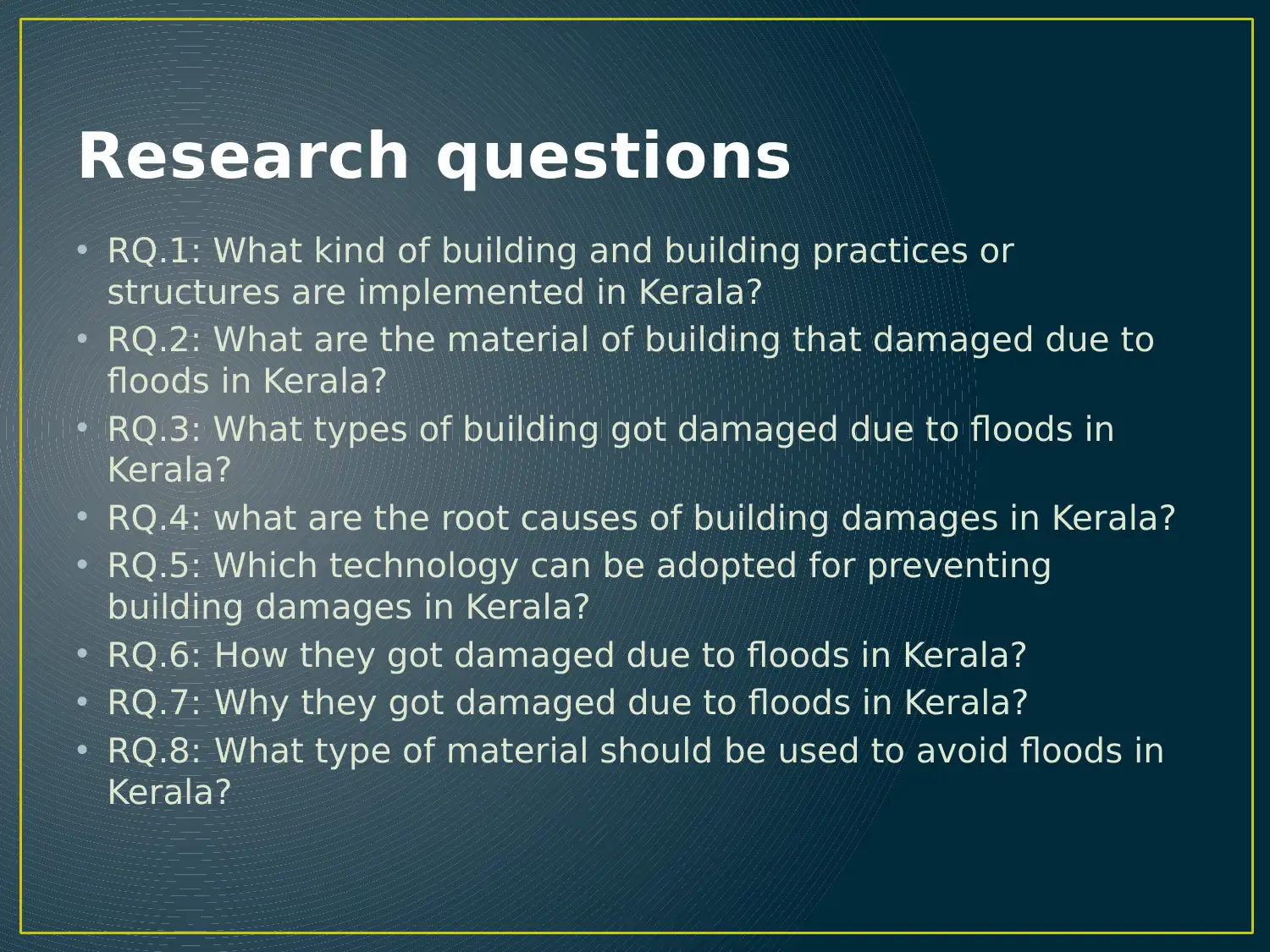
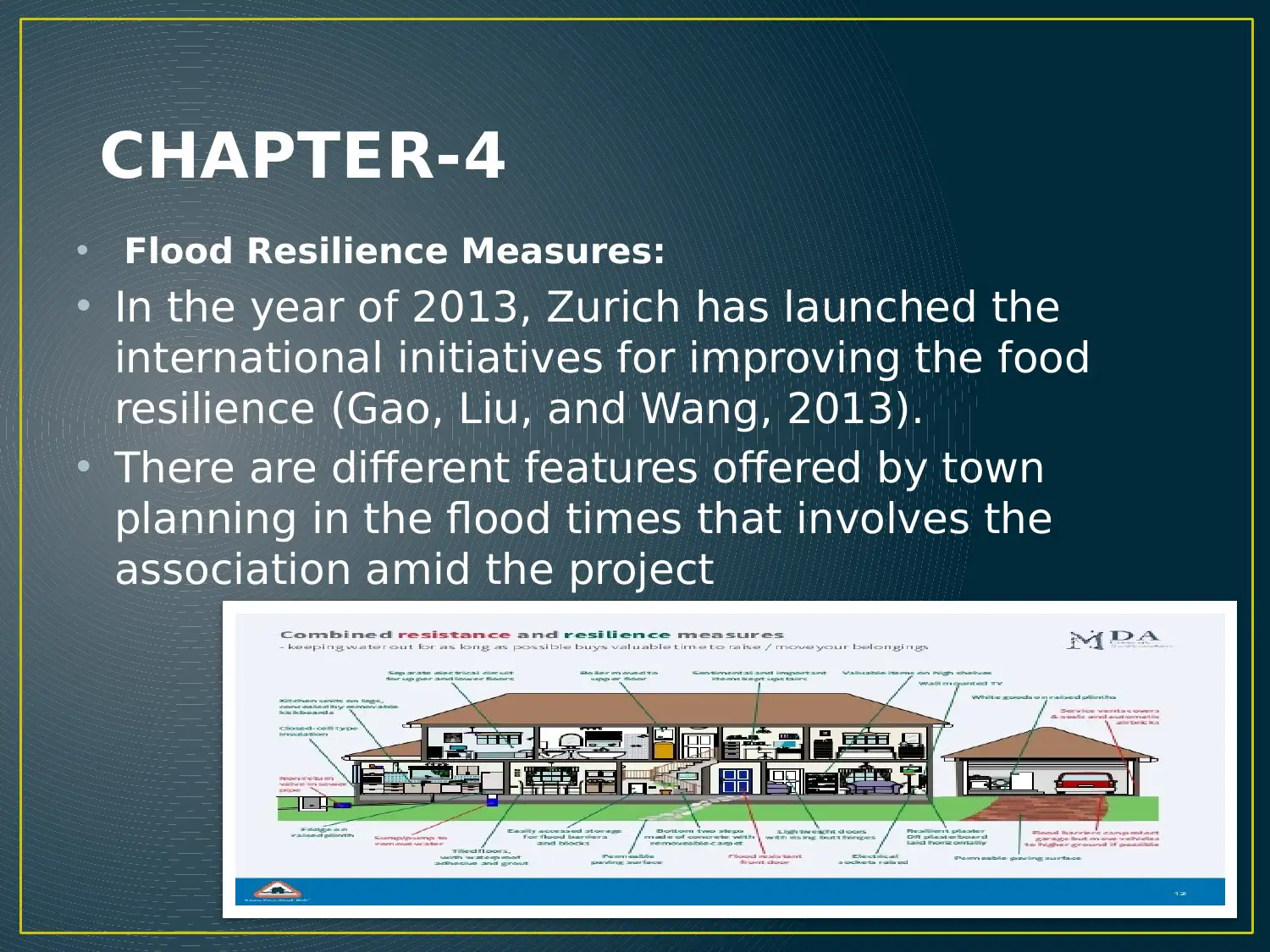

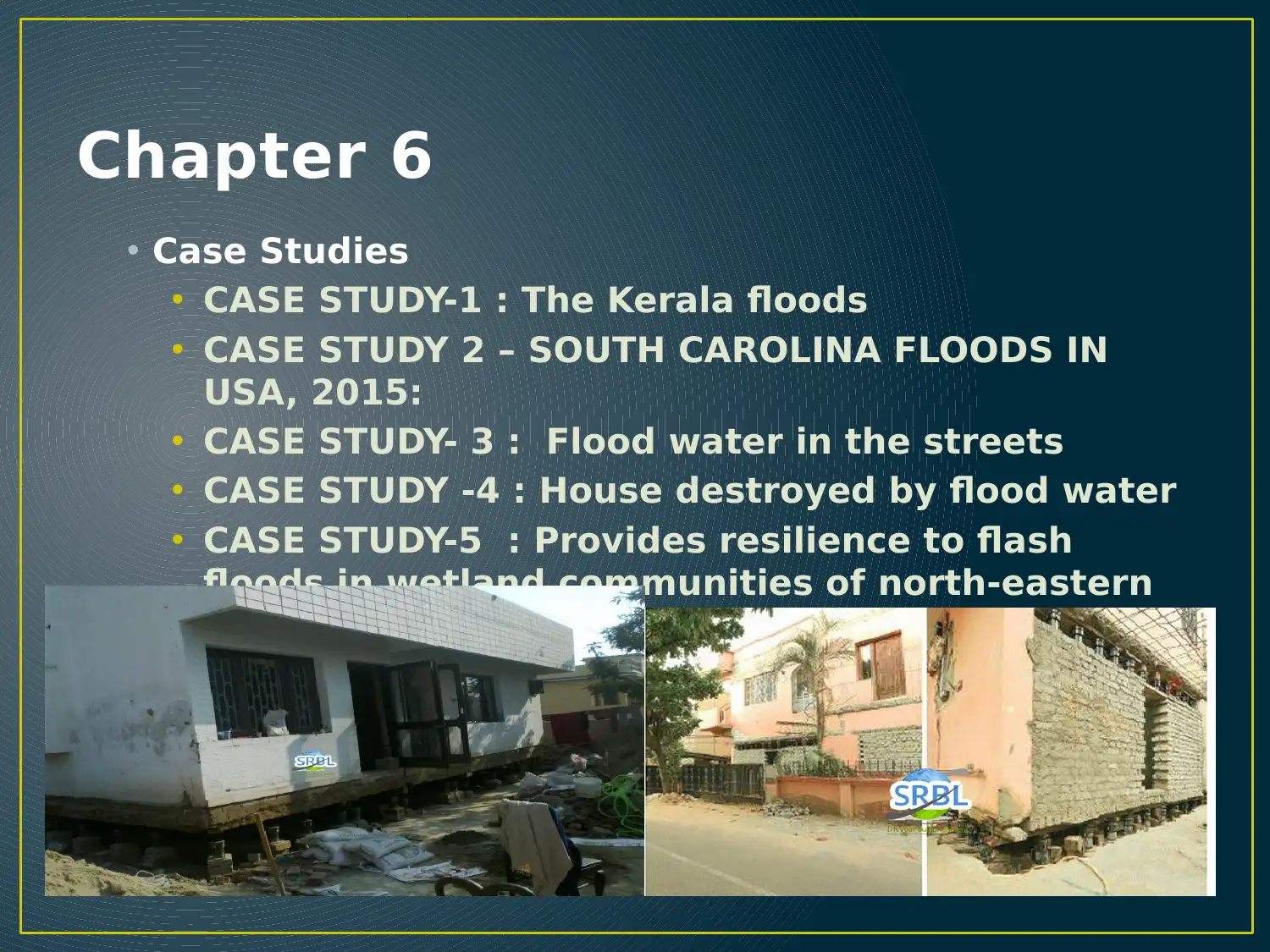
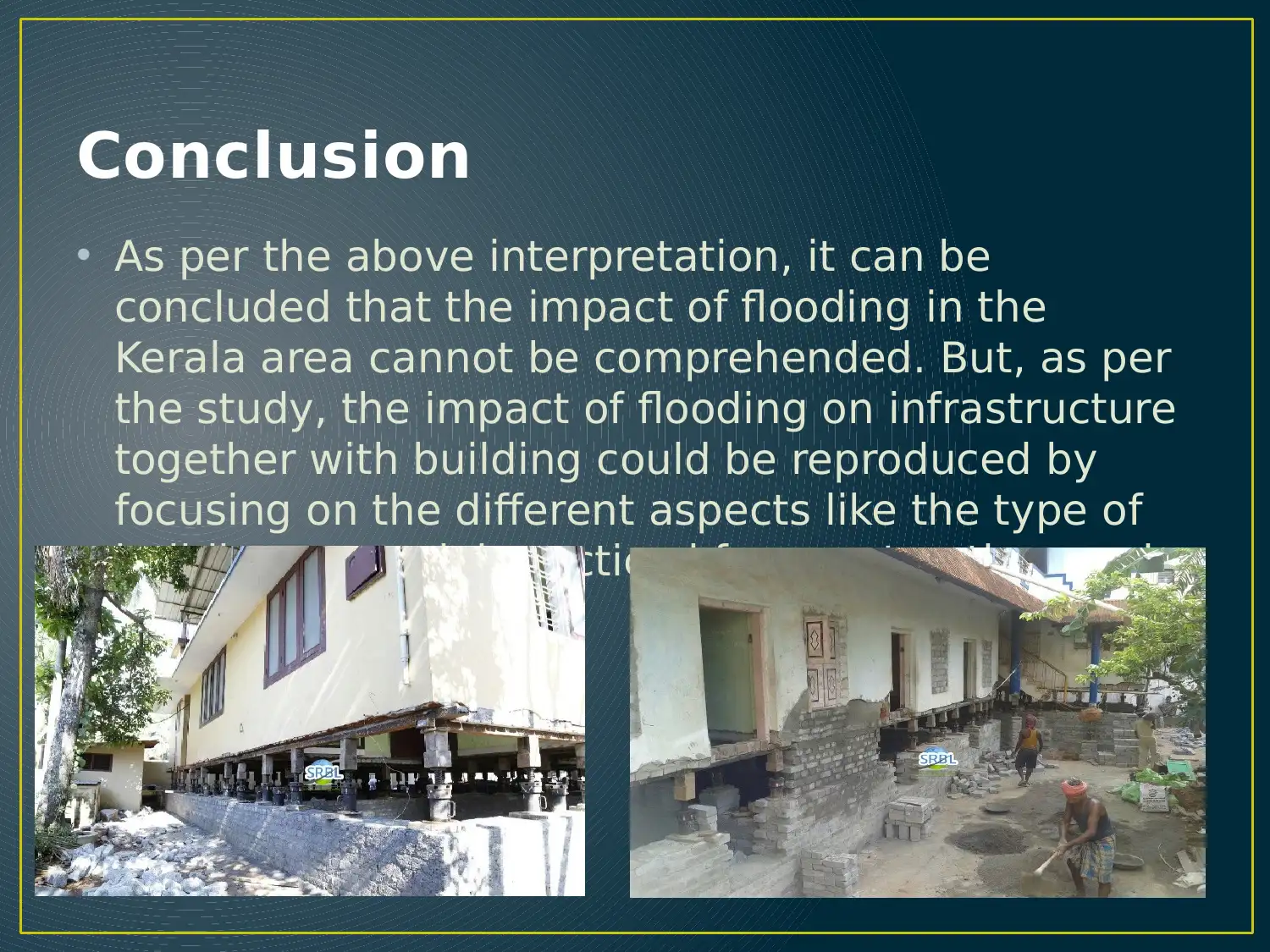
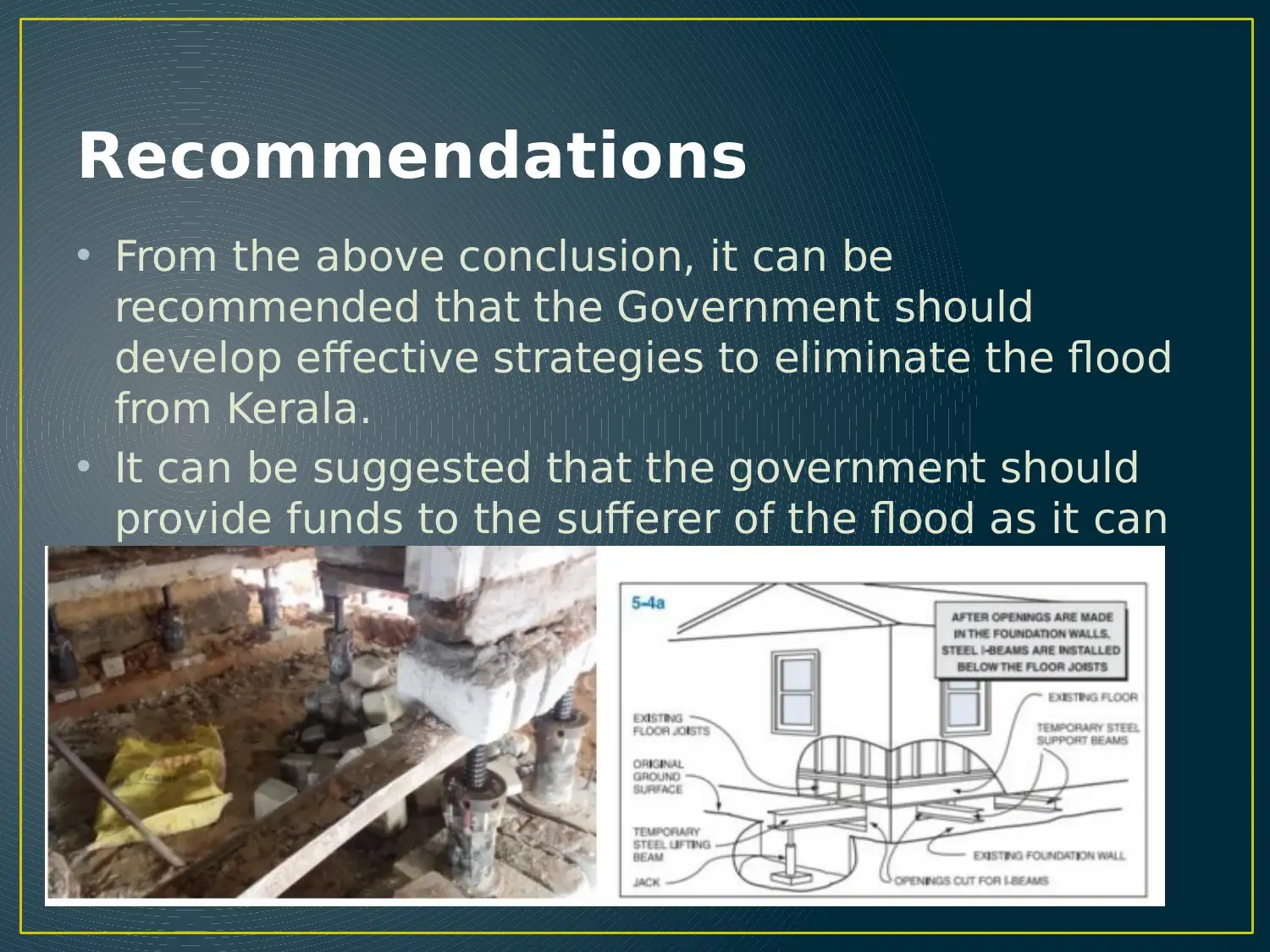
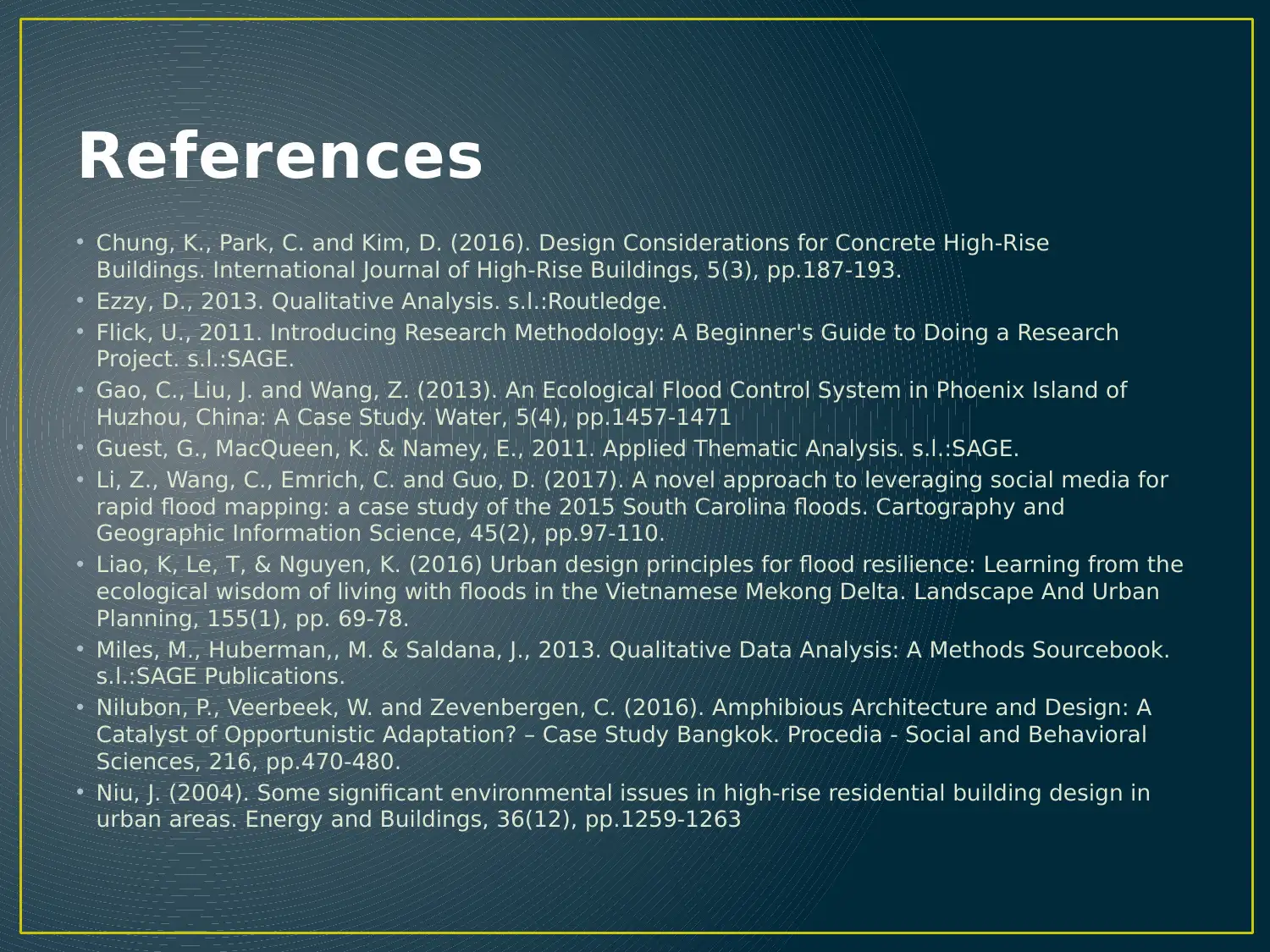




![[object Object]](/_next/static/media/star-bottom.7253800d.svg)